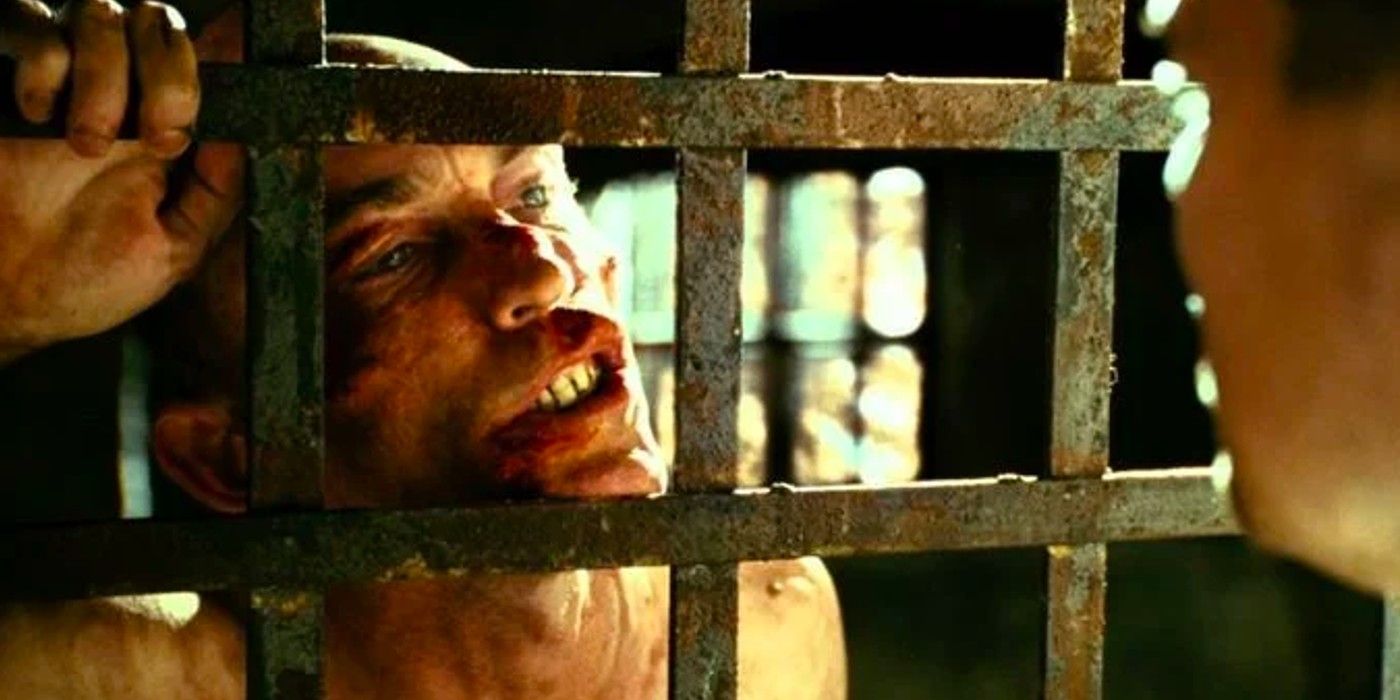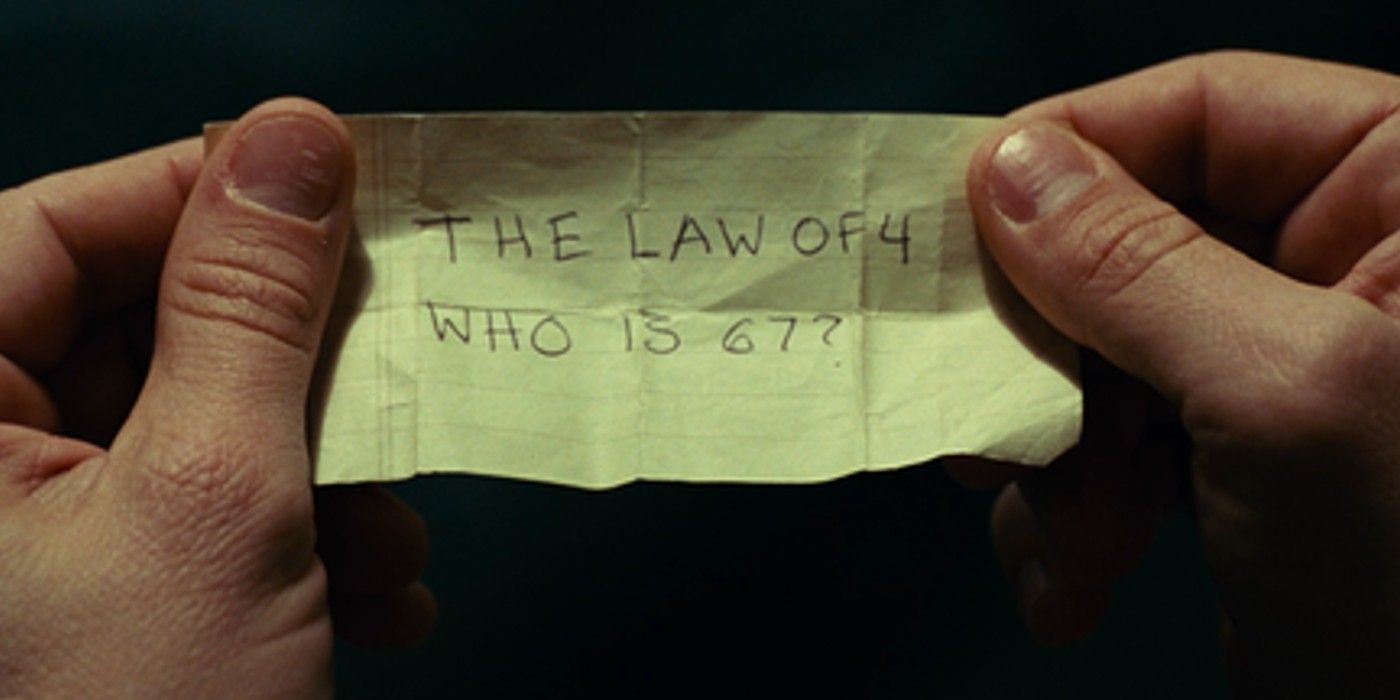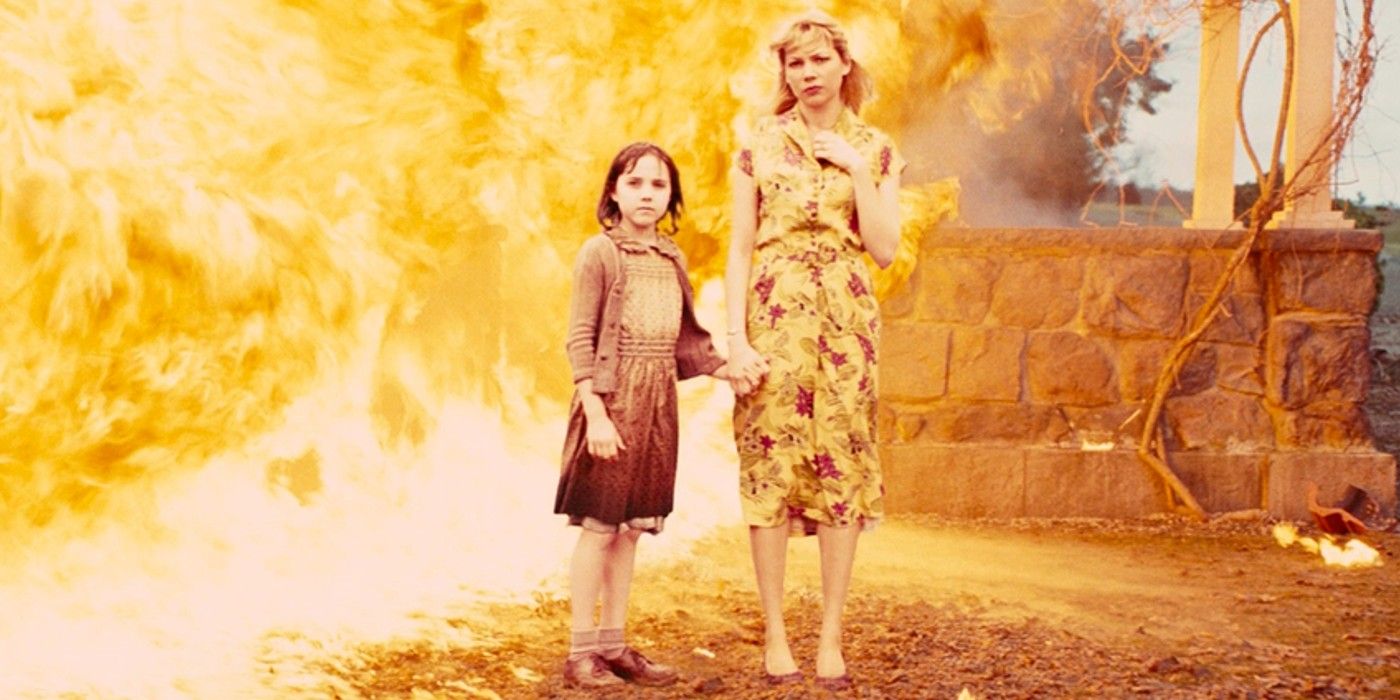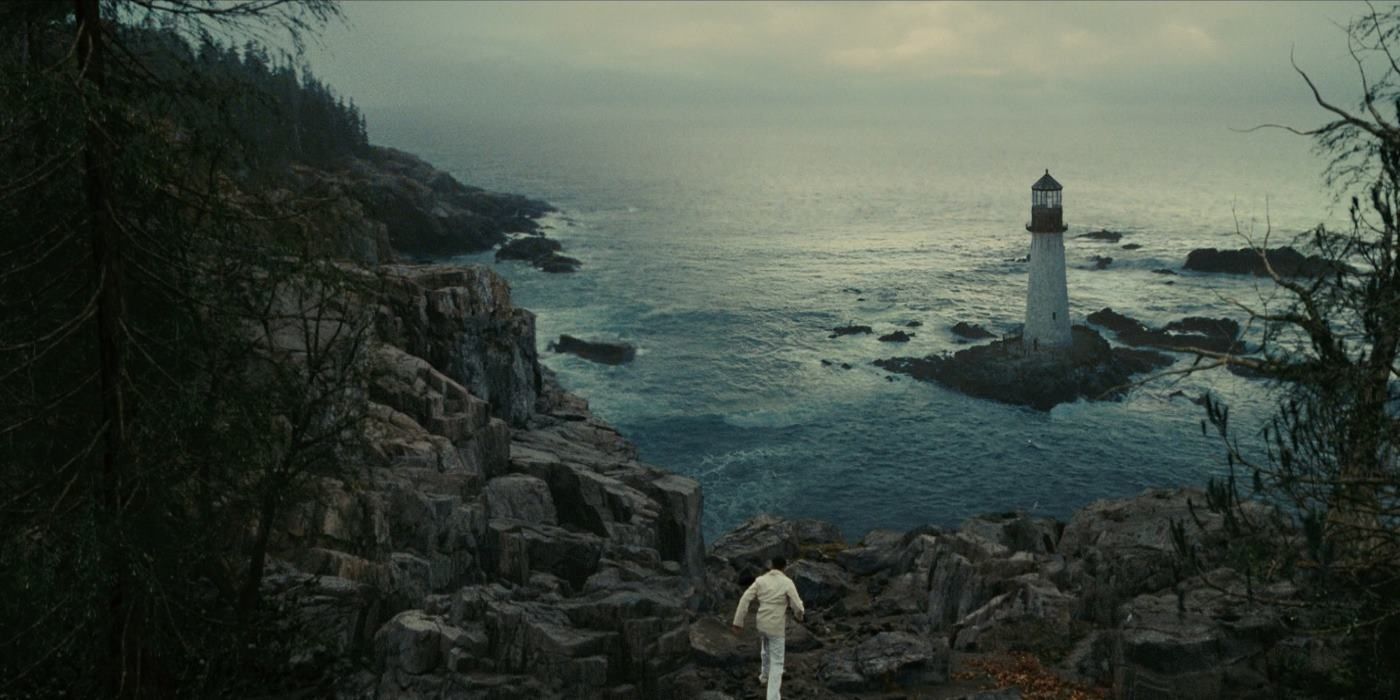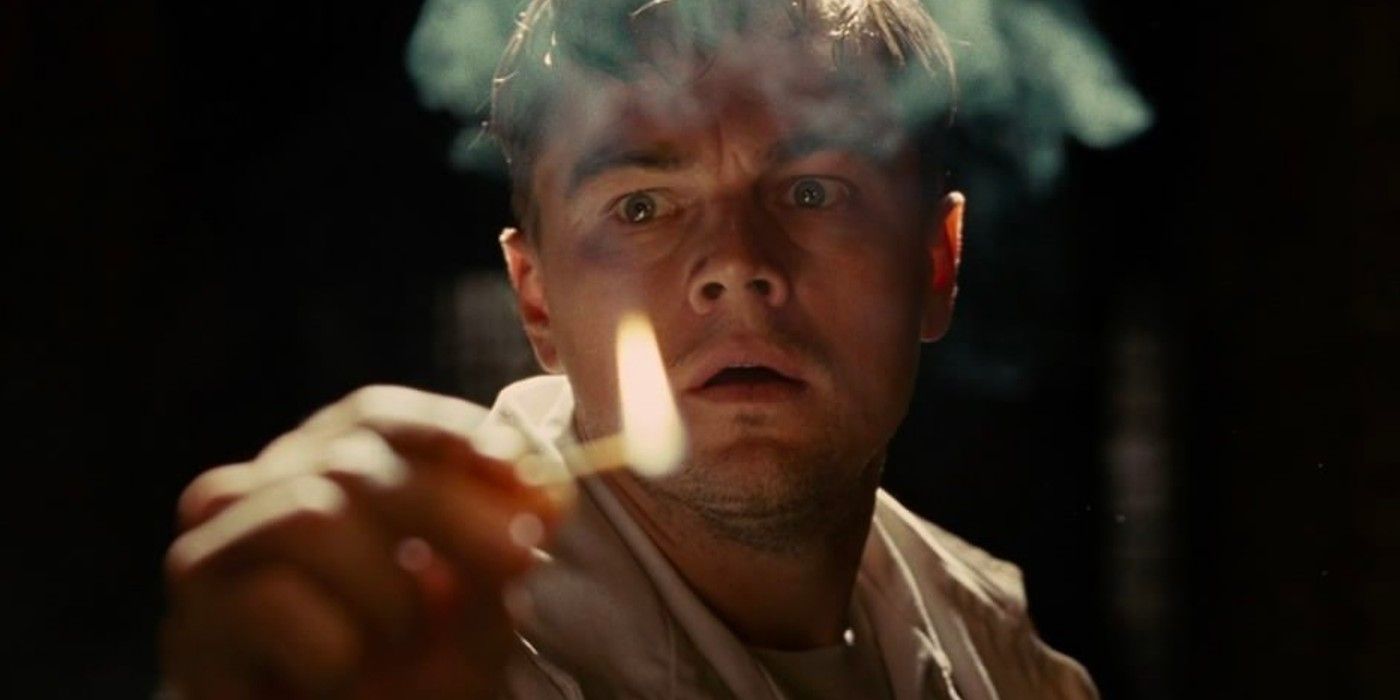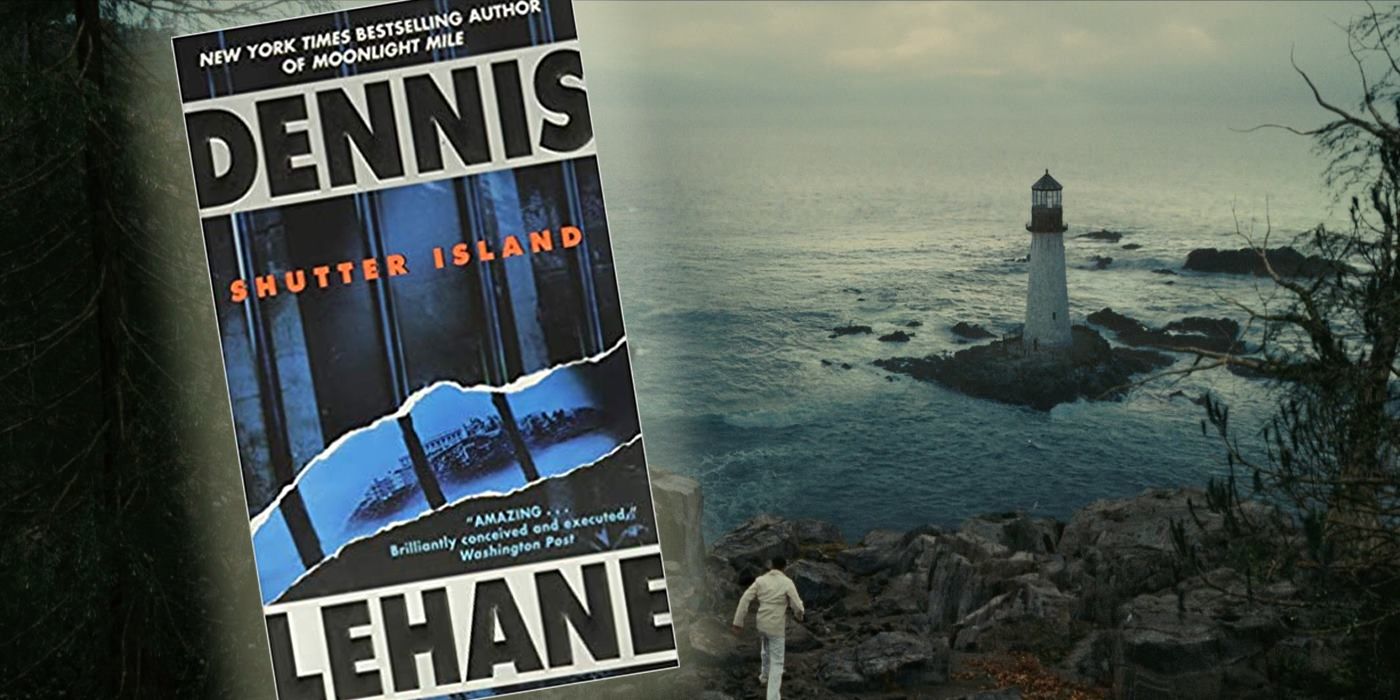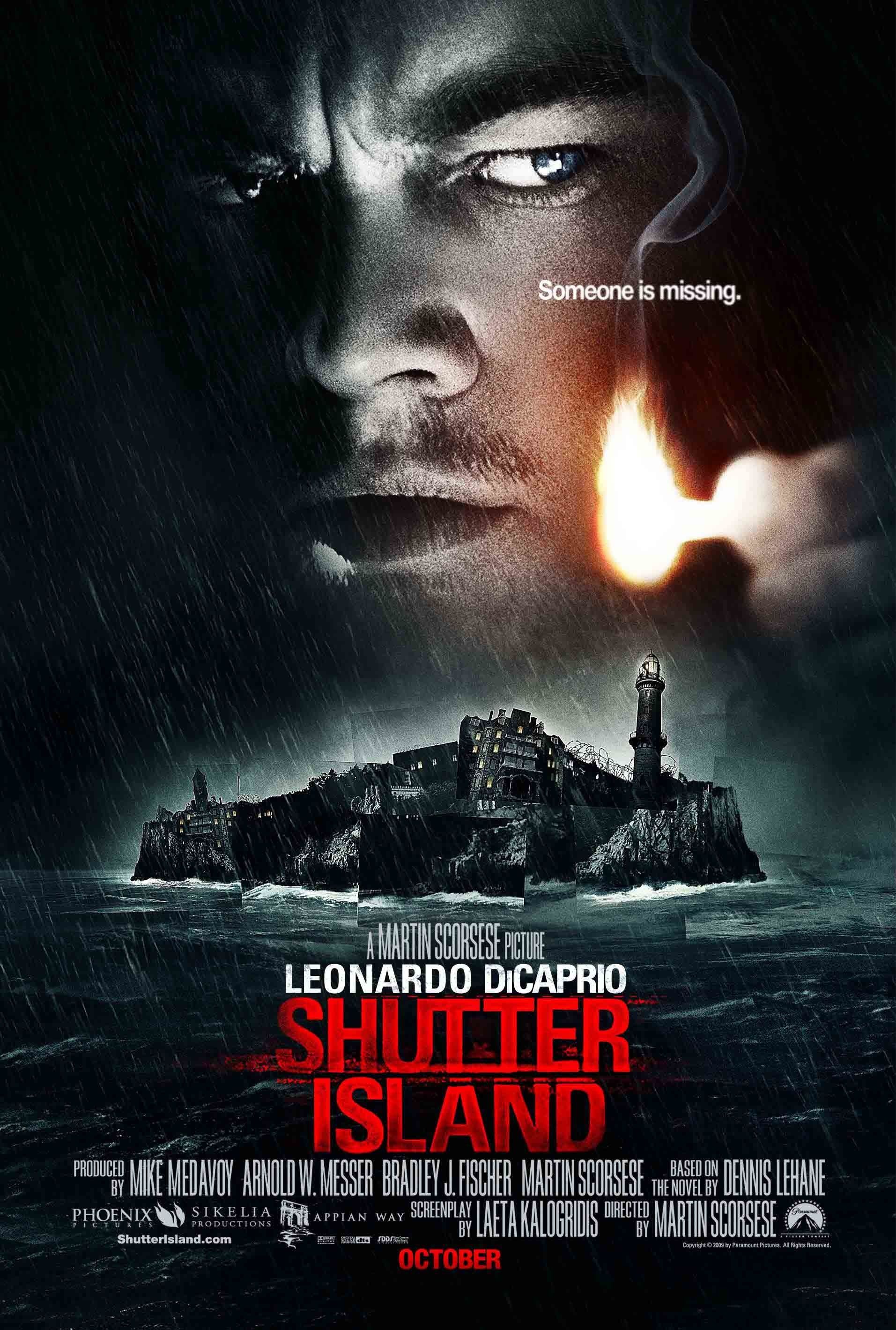Summary
- The
Shutter Island
ending reveals that Teddy Daniels is actually a patient at the psychiatric facility, not a real lawman investigating the disappearance of an inmate. - The doctors at the facility create an intricate role-playing game to guide Teddy back to reality and confront the trauma of his past.
- The clues and symbolism in the movie support the interpretation of Teddy being a patient and the true ending of the story.
The Shutter Island ending is still debated and discussed among fans and critics more than a decade since the movie was released. Martin Scorsese directs the period thriller in which Leonardo DiCaprio plays Tedd Daniels, a US Marshal investigating the disappearance of an inmate from a psychiatric facility on the titular island. However, the Shutter Island ending suggests Teddy is actually a patient at the facility and his “investigation” was designed by his doctors to guide him back to reality.
There is some discussion that Shutter Island is straightforward after it reveals the trick pulled at the psychological facility to try and treat DiCaprio’s Andrew Laeddis for his profound condition. However, there are some who feel the movie is open to interpretation and Teddy is a real lawman who has been convinced by the doctors of the facility that he is a patient to hide the secrets of their island. However, the truth behind Shutter Island‘s ending is clear when examining the entire movie and the clues that the story leaves pointing to Laeddis’ final and fateful decision.
Related
Shutter Island Movie vs. Book: The Biggest Changes & Which Is Better
Scorsese’s adaptation of Shutter Island may have been critically acclaimed, but what changes did the legendary director make to the original novel?
Shutter Island Explained: What Happens & What It Means
The Entire Movie Is An Extreme Therapy Technique
The theories about Shutter Island being some secret government facility — or the doctors “getting to” Teddy Daniels by the end of the film — are simply off the mark. DiCaprio’s character is actually Andrew Laeddis (a.k.a. patient 67), a disturbed inmate of Shutter Island who killed his wife, and who the doctors are trying to rehabilitate. Teddy’s investigation of the island is actually an intricate role-playing game designed by Dr. Cawley (Sir Ben Kingsley) and Teddy’s partner “Chuck” (Mark Ruffalo), who is actually Teddy’s primary shrink — the “missing” Dr. Sheehan.
Cawley and Sheehan are the more sympathetic doctors, who believe that with therapy and compassion, Andrew’s condition can be cured. On the other hand, Dr. Naehring (Max von Sydow) and the Warden (Ted Levine) believe that people like Andrew are too unstable and violent for a therapeutic solution; strapping patients down and drugging them (in some cases lobotomizing them) are the solutions Naehring and the Warden believe in.
The game is set into motion to give Dr. Cawley and Dr. Sheehan one last chance to prove Andrew Laeddis can be pulled out of his “Teddy Daniels” fantasy and accept the reality of his trauma: his wife Dolores (Michelle Williams) murdered their children, and that he, Andrew, murdered her in retaliation. Andrew feels guilty because he knew of his wife’s depression for a long time – but due to his own issues with drinking and post-traumatic stress after his experiences in WWII, Andrew never acknowledged the extent of her problems, and it cost him his children.
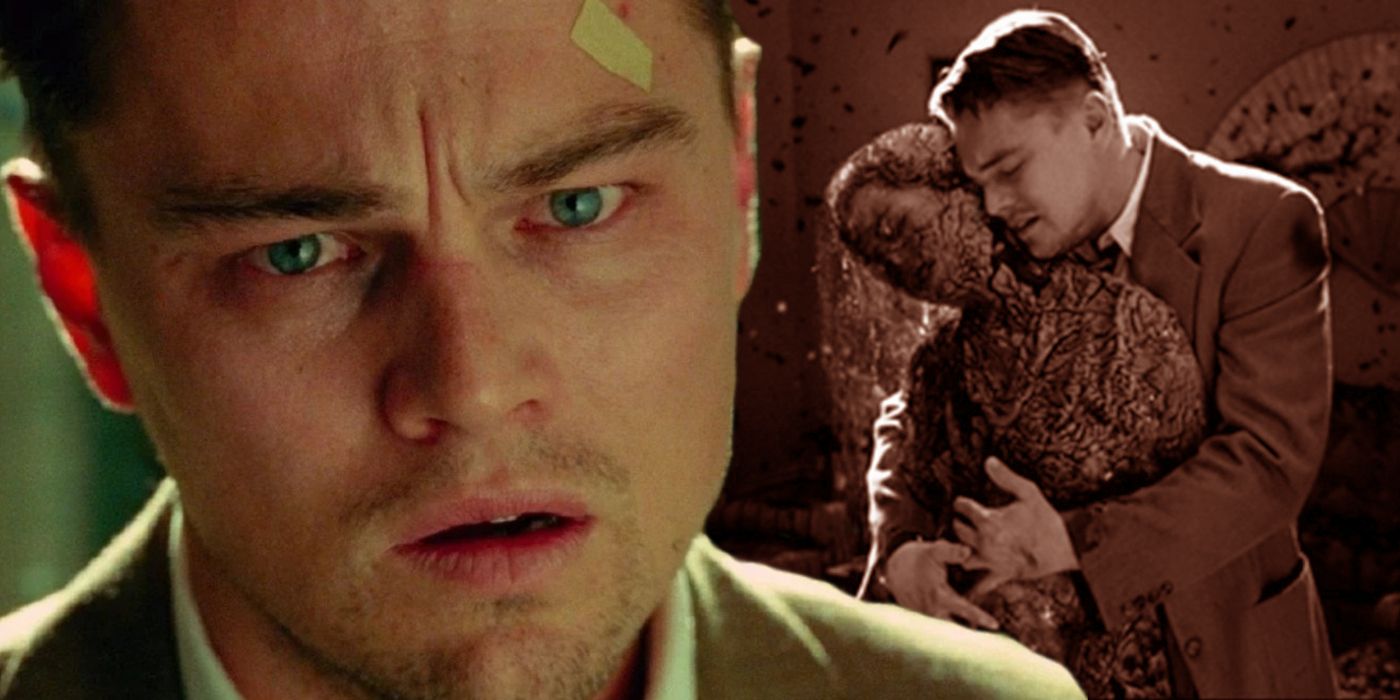
Related
Was Teddy A US Marshal In Shutter Island?
By the end of Shutter Island, its clear nothing was as it seemed, but it’s unclear if Teddy was ever a US Marshal or if it was part of his delusion.
Shutter Island: Who Is George Noyce? Is He Real?
George’s Warnings Were Misinterpreted By Andrew
Jackie Earle Haley’s character, George Noyce, is a fellow patient who knew Teddy/Andrew in the asylum who helps reveal the Shutter Island twist ending. Noyce is presented as a “repeat offender” who ended up back on Shutter Island and fed Andrew conspiracy theories for his fantasy. However, that is Andrew’s warped perception of the situation. In reality, when George Noyce says he’s only in Ward C because of Teddy and he’ll never get out again, there are some questions that need to be addressed.
- If George was a victim of Andrew’s violence, why was he locked up with the most dangerous patients?
- Was George included as a part of the “game” he tells Teddy he’s trapped in by the doctors in order to help Andrew’s fantasy play out?
What is known is that one day Noyce called “Teddy” by his real name, Laeddis, causing a psychotic outburst where Andrew savagely beat him up. That assault is what caused Dr. Naehring and the Warden to push for Laeddis to be lobotomized, causing Dr. Cawley and Dr. Sheehan to create the role-playing game as a last-ditch effort to cure Laeddis. However, that doesn’t explain the treatment of George Noyce himself, which seems to have a nefarious undertone.
Noyce is real, but Andrew’s backstory is part of his delusional fantasy: he creates the idea of Noyce as a nice college kid who murdered three men as a result of being experimented on as part of a psych study. In reality, Noyce is a patient and the truths he tells Teddy about experiments are true, but not in the way Teddy believes. George Noyce tells Andrew the truth, to warn him that the doctors are trying to cure him by feeding his fantasy, but Teddy misreads them as evidence of Shutter Island’s true dark meaning as an institution.
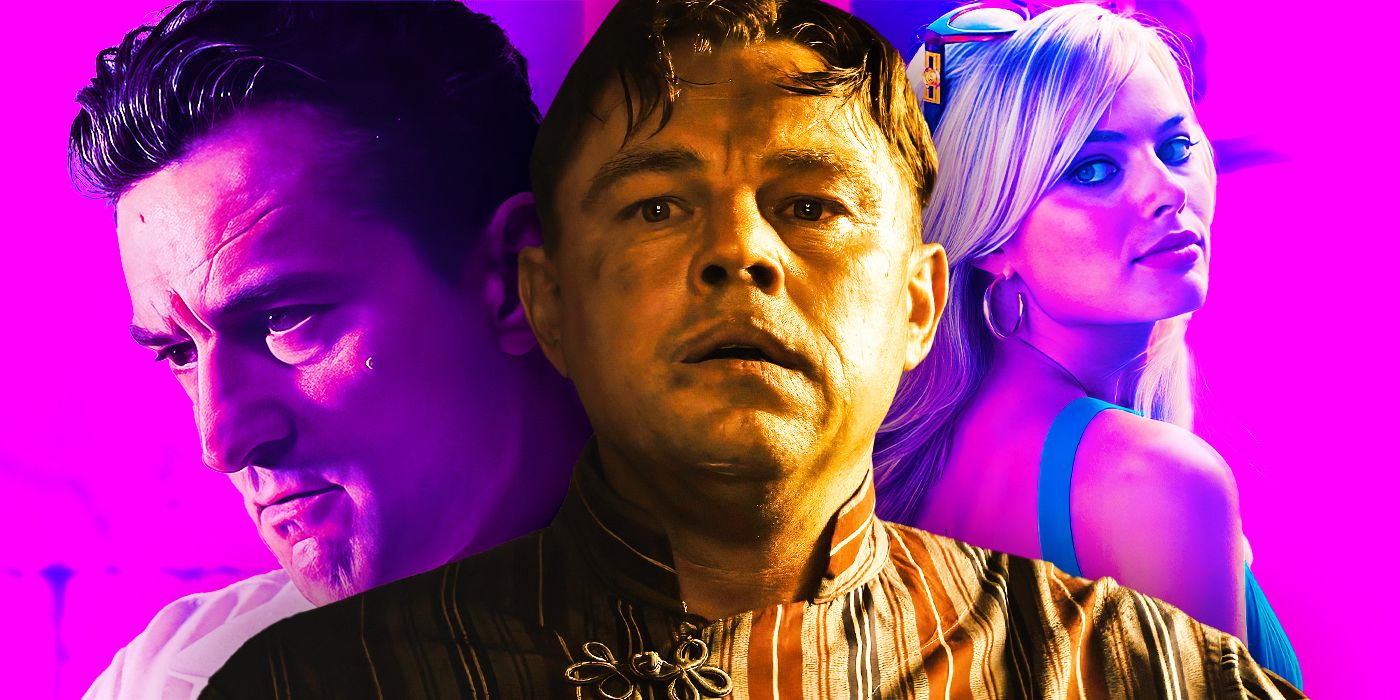
Related
Every Martin Scorsese Movie Ranked, Worst To Best
Martin Scorsese has one of the most astounding careers in Hollywood history. Here’s a complete ranking of Martin Scorsese’s movies from worst to best.
Shutter Island’s Rachel Solando, The Law of 4 And Patient 67 Explained
The “Investigation” Is Filled With Clues Designed To Make Andrew Face Reality
Shutter Island‘s law of 4 has to do with the anagram names Andrew invents for his fantasy world. “Edward (Teddy) Daniels” is an anagram of “Andrew Laeddis” and “Rachel Solando” is an anagram of “Dolores Chanal,” the maiden name of Andrew’s dead wife. This created four different names within Andrew’s fantasy. Meanwhile, the mystery at the center of the missing Patient 67 that “Teddy” investigates turns out to be himself aka Andrew Laeddis. As long as “Teddy Daniels” is looking for patient 67 he’ll never be able to find him, and his fantasy will be sustained.
His daughter represents the truth – she’s the one thing Andrew can’t deny or forget.
“Rachel Solando” is also a play on “Rachel Laeddis”, the name of Andrew’s dead daughter. His daughter is also the same little girl who shows up in his Holocaust dreams, saying, “You should have saved me,” which is Andrew’s mind trying to work through the trauma of what happened. His daughter represents the truth – she’s the one thing Andrew can’t deny or forget. The nurse Dr. Cawley has pose as Rachel Solando is part of a therapy technique to get Andrew to remember his real wife. Cawley’s gamble almost works, but Andrew’s brain simply can’t handle the strain.
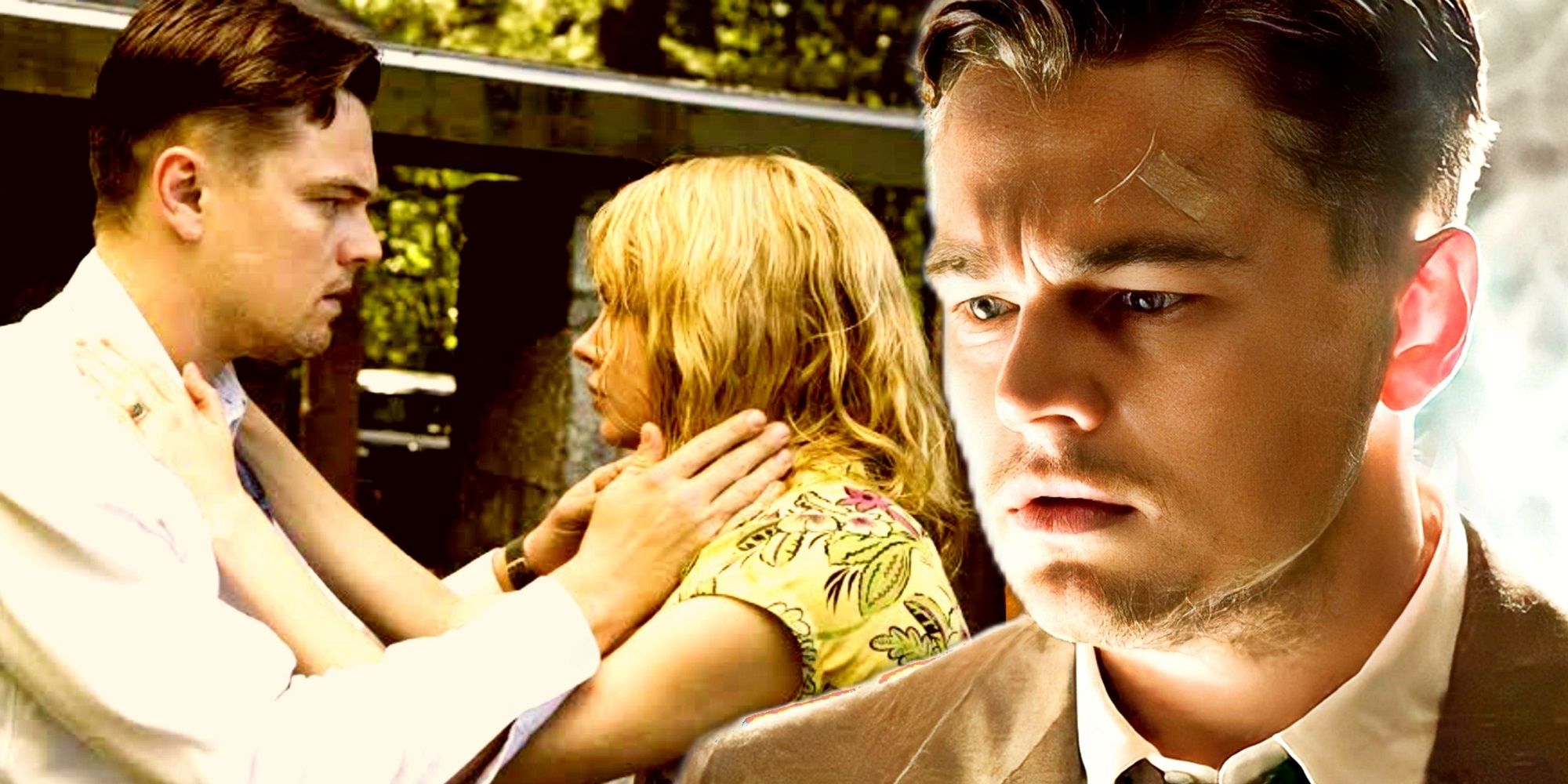
Related
What “Who Is 67” Means In Shutter Island
In one of its pivotal scenes, Shutter Island presents the nagging question “WHO IS 67,” which later becomes the key to answering all of its mysteries.
The Symbolism Of Fire And Water In Shutter Island
Water Is A Reminder Of The Reality Andrew Attempts To Suppress
Fire is a symbol of Andrew/Teddy’s reality in the movie. Every time Teddy is around fire – the matches he lights in Ward C, the fire in the cave with “Dr. Solando” and when he blows up Dr. Cawley’s car near the end – he suffers some sort of hallucination. Fire is the symbol of Andrew’s fantasy world. In contrast, water (the opposite of fire) is the symbol of the reality of what happened to him. His wife drowns his children in water and it is water that makes Andrew so upset/uneasy/sick throughout the film.
That’s why the scene with “Dr. Solando” takes place in the sea cave. She feeds the fantasy of the Shutter Island conspiracy as part of the “game” intended to free Andrew. It’s also why Andrew arrives on the island in a storm, by water – it’s the symbolic “arrival” from his traumatic past. Even the lighthouse operates as a symbol of what Andrew is going through, as it is so tied to navigating safely through dangerous waters.
Is Shutter Island A Government Mind Control Operation?
The Conspiracy Allows Andrew To Dive Deeper Into His Fantasy
The whole “government mind control operation” is a red-herring Andrew Laeddis invents for his fantasy. It allows him to explain to himself why he is at Shutter Island (investigating a conspiracy) and allows him to demonize the doctors and staff as threats or conspirators. The goal of Dr. Cawley and Dr. Sheehan’s role play is to allow Andrew to see for himself how impossible and absurd his conspiracy theory is by actually letting him investigate it to its end.
The National Board of Review named
Shutter Island
one of the 10 best films of 2010.
That’s why Dr. Sheehan/Chuck instigates Andrew’s wild theories while he and “Teddy” are stuck in that crypt during the hurricane (“While you were looking into them, they were looking into you!”) – Sheehan wants Andrew to play out his fantasy until he can see how impossible it is. Despite the fact that the lighthouse is supposed to be the place where all the dark secrets are hidden, once Teddy reaches it, there is nothing inside, showing the conspiracy to be false.
Why Andrew Pretends He’s Still Teddy In Shutter Island’s Ending
Andrew’s Final Line Reveals He Has Returned To Reality
The ending of Shutter Island seems ambiguous to many people, but on second viewing, it’s pretty clear-cut. Teddy wakes up to the reality that he is actually Andrew Laeddis, though he is warned by Dr. Cawley and Dr. Sheehan that he has regressed into his fantasy world before. However, Andrew is smart: When Dr. Sheehan sits with him on the steps the next morning, Andrew knows that the doctors and Warden are observing his behavior.
However, his guilt and pain are still so heavy that he knows he cannot live with them; rather than live with the knowledge of his pain, he chooses to pretend that he is still Teddy Daniels and let them lobotomize him, so that he can finally be free of his burden. While there are some who simply think his “Teddy” persona has returned, his final line to Dr. Sheehan “Which would be worse – to live as a monster, or to die as a good man?” hints at the decision he is making to “die a good man.”
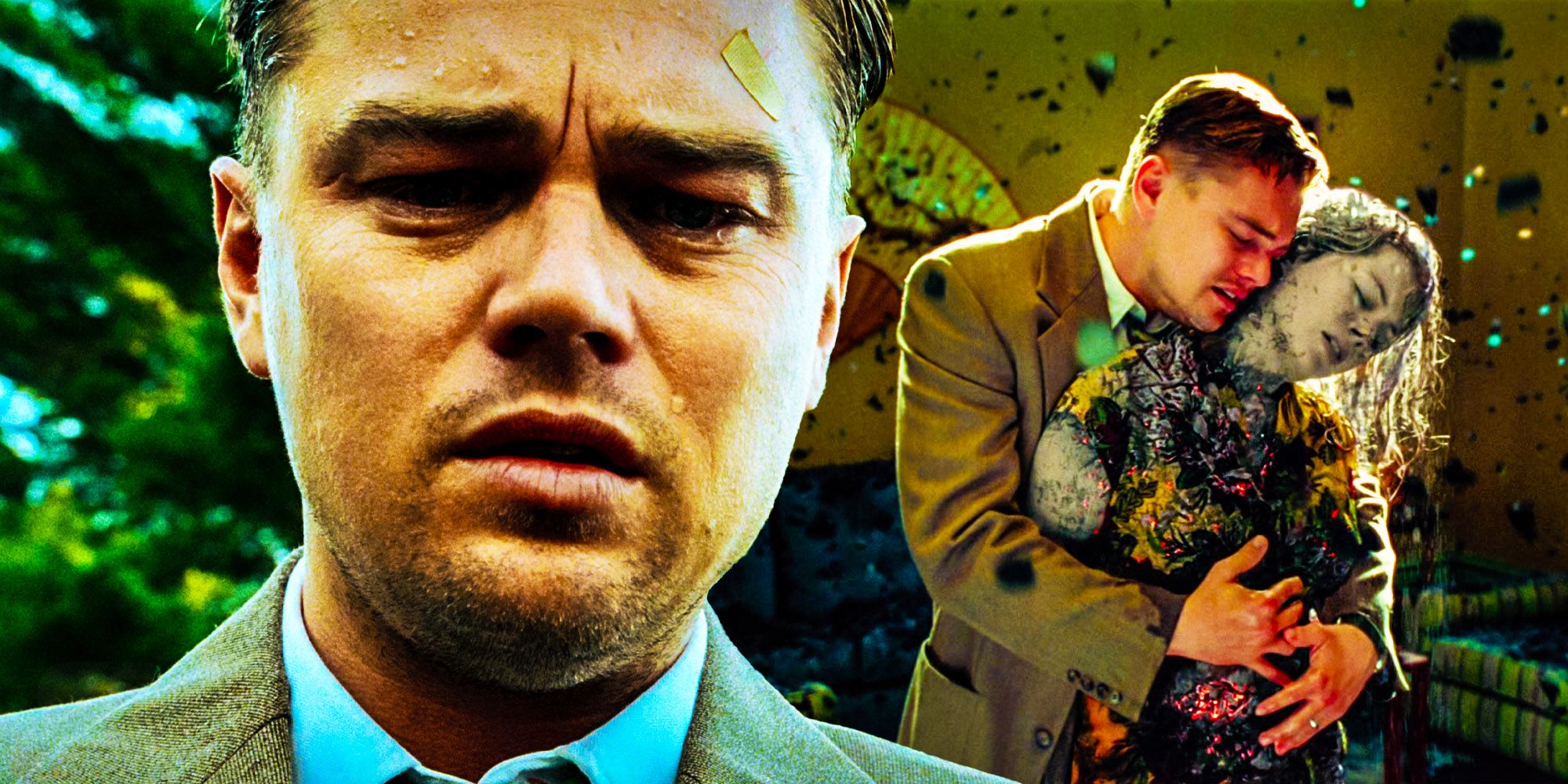
Related
Did Teddy Kill His Wife In Shutter Island?
Shutter Island has an extremely engaging and complex plot, but it may leave some fans wondering if Teddy really killed his wife. Here’s the answer.
Shutter Island Explained: What It Really Means
Andrew Is Confronted With His Own Terrible Violence While Presenting Himself As A Hero
In Shutter Island‘s ending, Andrew delivers a line to Dr. Sheehan about ‘living as a monster, or dying as a good man.” Ultimately, Andrew would rather be mind-wiped as “Teddy Daniels” than live with the sins of Andrew Laeddis. In that respect, Shutter Island is a complex study of grief and trauma, and the lengths the human mind will go to in order to medicate itself from harsh reality.
Guilt and hurt are what cause Andrew to invent a secondary persona — one in which he is still a war hero and a federal Marshal named Teddy Daniels. Because he is intelligent, he invents an intricate mental narrative in which conspiracy theories about Shutter Island and a hunt for a patient who doesn’t exist keep him occupied with a mystery that he cannot (or refuses to) solve: that he is patient 67.
Teddy investigates the violence of the Shutter Island story – of Andrew’s own true story – through removal
Shutter Island also meditates on violence, positioning Andrew Laeddis as a self-invented hero — a literal construct personified by Teddy Daniels — whose loss of control in the murder of his wife (and indeed in failing to stop the murder of his children) inspires him to create a situation where he is in full control. Teddy investigates the violence of the Shutter Island story – of Andrew’s own true story – through removal, refusing to accept the possibility of his own violence, which he rejects even as it faces him in the shape of George Noyce.
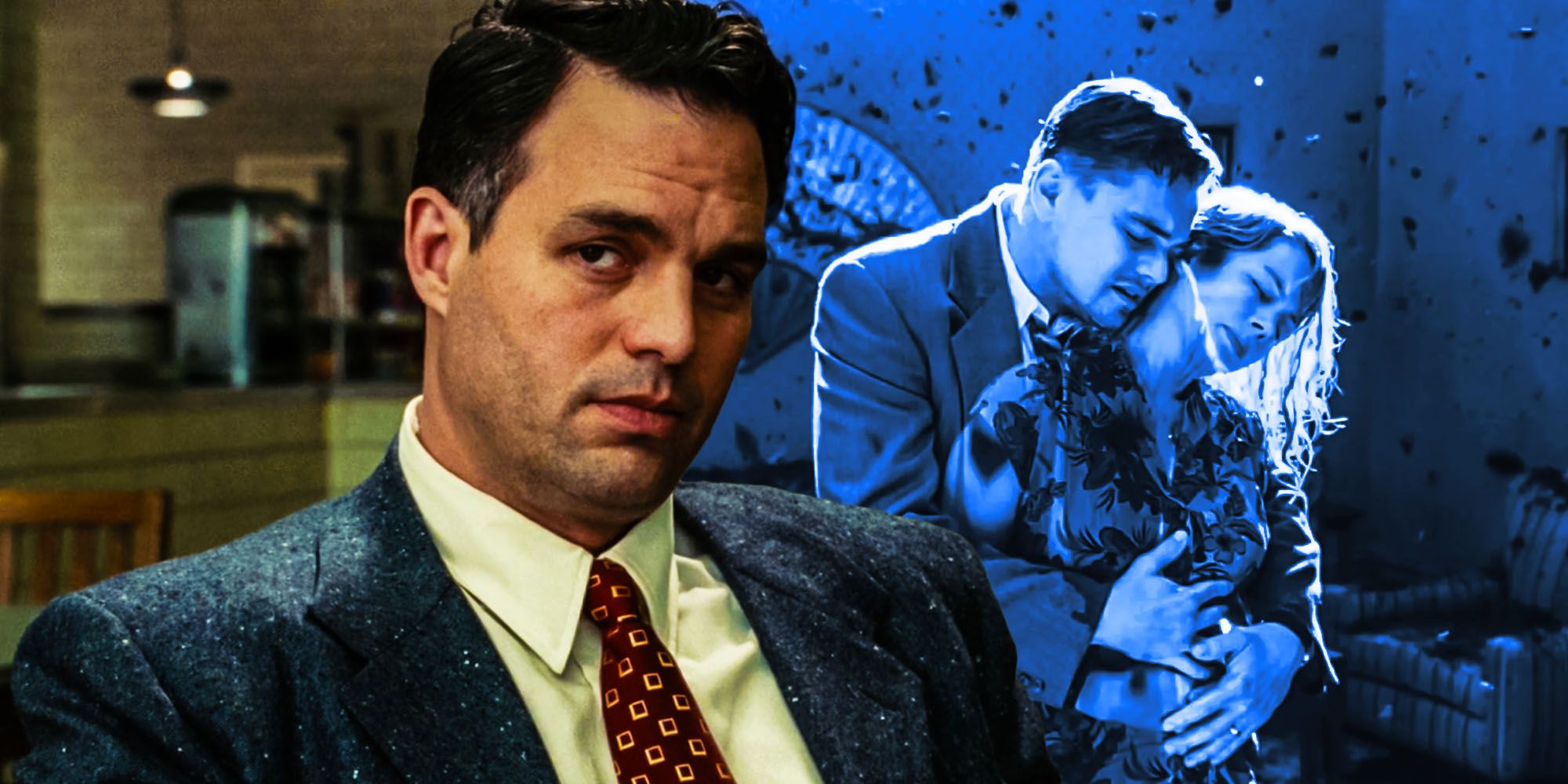
Related
What Shutter Island Was Really About
The psychological thriller Shutter Island follows Teddy Daniels and Chuck Aule searching for a missing inmate, later revealing a much darker theme.
How Shutter Island’s Ending Is Explained By The Filmmakers
Rewatching Shutter Island Reveals Many Clues To The Movie’s Twist Ending
Leonardo DiCaprio, Sir Ben Kingsley and Martin Scorsese have talked at great length about how difficult it was to film Shutter Island. The problem was that when they started shooting the film, they realized that upon first viewing the audience would have to believe that Dr. Cawley and Shutter Island could be something sinister, but upon second viewing you would have to be able to tell that everyone around Teddy is in on the role-play game, and are trying to maintain the fantasy — though many of the staff and guards are not happy about it.
Upon viewing the film a second time and knowing how it ends, it becomes clear how successful Scorsese and the cast were at pulling off the difficult feat. Shutter Island becomes a fascinating movie to rewatch as it is clear other characters know that Teddy is Andrew’s unstable psychological construct, and here are a few tip-offs to help you see it:
- The guards throughout the film get extremely edgy whenever “Teddy” is around, and clutch their guns a little tighter. This is especially true at the beginning when “The Marshals” come to the island. It’s because the guards know Teddy is a dangerous patient who is being allowed to run loose. It’s also why they are less than enthused about looking for a Rachel Solando who doesn’t exist down by the ocean rocks.
- When Teddy and Chuck interview the nurses and orderlies it’s easy to see just how ridiculous the staff finds the interview. One nurse says something about how ‘far from normal’ their jobs are – she’s making an ironic joke because she’s talking to a patient dressed as a cop. In that scene, the staff are also not too enthused about the role play, and Dr. Sheehan / Chuck pushes them to answer Teddy’s questions in order to keep the fantasy going.
- When Teddy interviews Mrs. Kearns, she talks about how great Dr. Sheehan is. There is a bit of awkward eye contact between her and “Chuck” because she’s talking about him. It’s also why she asks Chuck for water and he quickly accepts (it’s an awkward moment). Mrs. Kearns writes “run” on the paper she slips to Teddy because she knows he has an opportunity to escape while they’re doing the whole role-play experiment. It’s also why she sounds “coached” about what to tell Teddy — she has been.
- The creepy lady in the yard at the beginning of the film makes the “shush” motion at Teddy because she knows him, knows that she’s playing a game and has been instructed not to spoil it.
- When Teddy reveals to Dr. Naehring that he’s figured out the patient 67 riddle during a staff meeting, Naehring says “What are they doing here?” He’s genuinely annoyed that Dr. Cawley is letting Teddy/Andrew roam so freely.
- In Ward C, Teddy is accosted by a loose prisoner and nearly strangles that prisoner to death. “Chuck” and a guard show up and drag the strangled man away. The guard tells Teddy that he can’t come along to the infirmary while mumbling about how much trouble he’s going to be in – for letting a patient strangle another patient.
In the end, Shutter Island is a pretty clear-cut mystery – the straightforward reading might not be as fun as some of the conspiracy theories out there, but the evidence is all over the film about what Scorsese and his team intended with the complex thriller.
How The Shutter Island Ending Is Different From The Book
Dennis Lehane Wrote The Novel
While Martin Scorsese directed Shutter Island, the movie is based on a novel by Dennis Lehane, the same man who wrote novels such as Mystic River and Gone Baby Gone. However, as with any novel that becomes a movie, changes have to be made to translate it from the page to the screen. With Scorsese, most novelists should feel secure that, even with changes made, the story will retain its meaning and focus, even if characters and events might change along the way.
The ending of the Shutter Island novel and the movie are basically the same. The reader learns at the end that Teddy is not a U.S. Marshall, but is instead a patient who was sent to Shutter Island after murdering his wife and children. The novel also ends with the lobotomizing that the movie hints is coming. The one difference between these two moments is that Teddy never understands the truth in the novel, but in the movie, it is at least hinted that he might know and has chosen the lobotomy.
This changes the reasoning behind the lobotomy. In the movie, it is all about the idea of guilt weighing on his mind. It is the same Catholic guilt that Scorsese has built several of his movies. Teddy can’t live with the memory of what he did, so he knows this is the only way to stop his pain, even if it is something he can never go back on. However, the Shutter Island novel is all about Teddy never getting cured and the decision being taken out of his hands.
